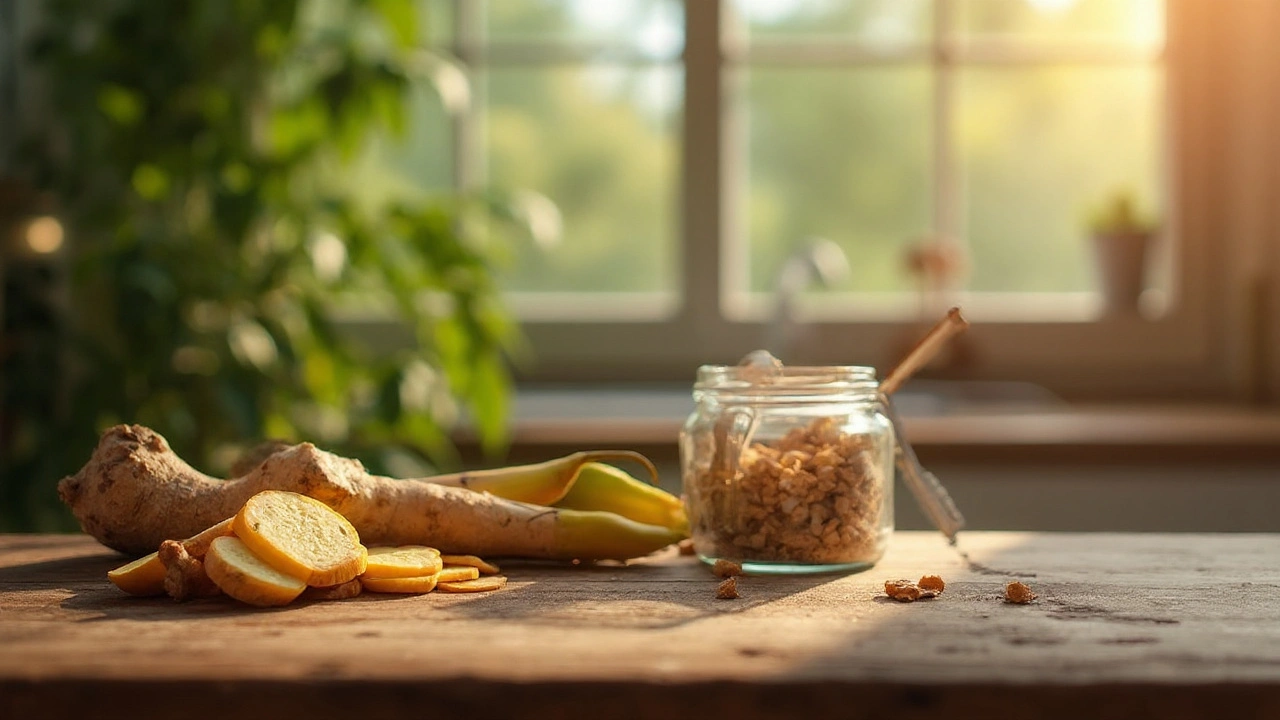Jalap – Simple Facts, Popular Uses, and Safety Tips
If you’ve seen jalap mentioned in old herbal books or online forums, you probably wonder what it actually does. Jalap is a plant native to Mexico, known for its strong, bitter root. People have used the root for centuries as a natural laxative and to treat skin irritation. The name might sound exotic, but the herb is easy to spot in health stores that carry traditional remedies.
Why do people still reach for jalap today? The main draw is its ability to stimulate bowel movements without the harsh side effects of some synthetic laxatives. Besides that, some users claim it helps reduce swelling and soothes minor skin rashes. While scientific proof is limited, the long‑standing folk use gives it a reputation as a gentle, plant‑based option for occasional constipation.
Traditional Uses and Benefits
In Mexican folk medicine, jalap roots are boiled into a tea or made into a paste that’s applied to bruises and insect bites. The tea, when taken in small doses, is believed to clear the gut by encouraging the muscles of the intestines to contract. This “gentle push” can be useful after a heavy meal or during travel when you’re prone to sluggish digestion.
Another common use is in skin care. A diluted jalap extract is sometimes added to creams for its anti‑inflammatory properties. Users report less redness and faster healing of minor cuts. If you’re experimenting with jalap for skin, always start with a very weak mixture and test on a small area first – the plant’s bitterness can be irritating if applied too strong.
How to Use Jalap Safely
When you buy jalap, look for products that list the botanical name (Euphorbia jaccheri) and show the amount of raw root in each dose. A typical starting dose is a quarter of a teaspoon of dried root powder mixed in warm water. Wait 30 minutes to see how your body reacts before taking more. Most people find that one low dose is enough to get the job done.
If you prefer a tea, steep 1‑2 grams of dried root in hot water for 10‑15 minutes, then strain and drink. Do not exceed two cups per day. Overusing jalap can lead to abdominal cramps, diarrhea, or electrolyte imbalance – the same problems you’d get from any strong laxative.
Pregnant or nursing women should avoid jalap altogether. The plant’s compounds can cross the placenta and affect the baby. Also, people with inflammatory bowel disease, ulcerative colitis, or severe heartburn should skip it, because the extra bowel stimulation might worsen symptoms.
When buying online, stick to reputable pharmacies or supplement shops that require a prescription for higher‑strength products. Look for third‑party testing labels, and read customer reviews for any red flags about fake or mislabeled items. A cheap, unverified source can leave you with a product that contains nothing but filler.
Finally, keep jalap out of reach of children. Even a tiny amount can cause strong stomach upset in kids. Store it in a sealed container, away from heat and moisture, just like you would with any other herbal supplement.
Bottom line: jalap can be a handy, natural option for occasional constipation and mild skin irritation, but it isn’t a cure‑all. Respect the dosage, watch for side effects, and choose a trustworthy supplier. With those basics in mind, you can try jalap with confidence and see if it fits into your health routine.
Jalap Supplement Benefits: Why This Ancient Remedy Is Disrupting the Dietary Health Scene

Discover why jalap root is making waves in modern wellness. Learn about its unique benefits, how to use it safely, potential effects, and the surprising history behind this trending supplement.